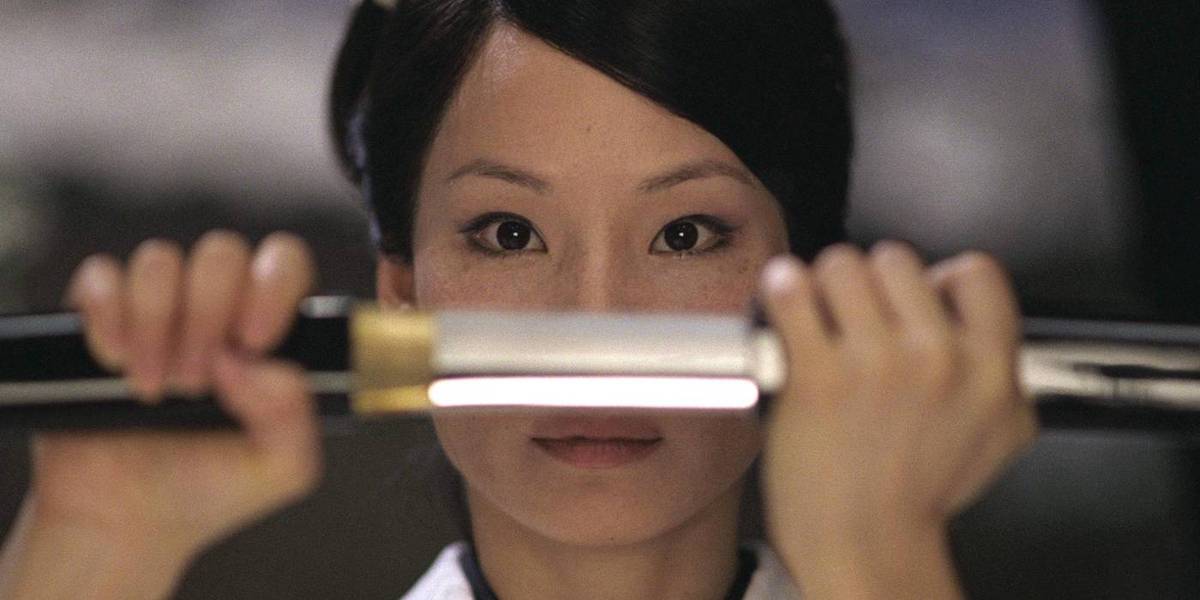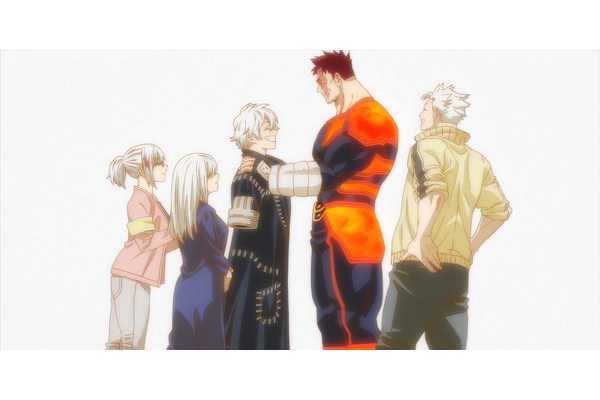Quentin Tarantino's One Anime Short is Proof Which Legendary Studio Should Give Kill Bill its Own Animated Series
Quentin Tarantino is known for his use of unconventional storytelling, and nowhere is this more apparent than in Kill Bill: Volume 1. While the film pays homage to samurai cinema, Grindhouse action, and spaghetti westerns, one of its most striking moments comes in a form few expected—anime. In a bold and stylistic departure, Tarantino dedicates a 15-minute animated sequence to the harrowing backstory of O-Ren Ishii, one of the film’s primary antagonists. Rather than using live-action, the director turned to one of Japan’s most revered anime studios to craft a sequence that’s as visually stunning as it is haunting.
The anime segment, produced by Production I.G, isn’t just a diversion from the main narrative. It serves as a visceral, emotional core for O-Ren’s character and bathes her in a sympathetic light. By weaving animation into a live-action film, Tarantino created something unique—an intimate look at a villain’s tragic past that could only be told this way. Now, over two decades later, Kill Bill's anime interlude remains one of the film’s most memorable and striking sequences, demonstrating the limitless storytelling power of the medium.
Only One Studio Could Bring Kill Bill's Other Revenge Mission to Life
When Tarantino Calls, You Answer
When it came to bringing O-Ren Ishii’s brutal past to life, Tarantino sought out the best in the industry. Production I.G, known for masterpieces like Ghost in the Shell, Jin-Roh: The Wolf Brigade, and Neon Genesis Evangelion: Rebirth, was the perfect fit. Their experience creating dark, atmospheric anime allowed them to seamlessly blend hyper-stylized violence with poignant, emotional storytelling—a balance that KillBill depends on. Without Production I.G’s deft hand, the movie could have tipped into parody rather than homage, but ultimately their partnership is so successful, it leaves the viewer wanting more.
Tarantino, a lifelong admirer of Japanese cinema and anime, wanted the segment to feel authentic, so he gave Production I.G's Kazuto Nakazawa creative freedom to execute his vision. The result was a hauntingly beautiful sequence that pushed the boundaries of traditional animation, incorporating Tarantino’s dynamic camera angles, bold color choices, and an operatic sense of violence.
The studio delivered an emotionally charged experience that fits seamlessly into Kill Bill's larger revenge narrative while elevating O-Ren’s character beyond the typical assassin archetype. The marriage of American and Japanese visions mirrors the complicated relationship O-Ren has with her own mixed heritage.
O-Ren Ishii's Character Is Too Complex for 15 Minutes
Tarantino Introduces the Film's Villain With Her Own Equally Tragic Backstory
In a film driven by The Bride’s quest for vengeance, O-Ren Ishii’s anime sequence serves as a parallel revenge story. The segment details O-Ren’s childhood trauma, witnessing the brutal murder of her parents at the hands of the Yakuza. Left for dead, she survives and ultimately exacts revenge, becoming the world’s most feared assassin and head of the Japanese underworld. Her journey mirrors The Bride’s, making their eventual confrontation even more impactful. The segment’s final image of O-Ren spin-kicking her pregnant teammate in the face reminds the viewer that her sympathetic backstory doesn’t absolve her of her sins.
By dedicating an entire sequence to O-Ren’s backstory, Tarantino ensures she is more than just a formidable adversary—she is a fully realized character. The tragedy of her past humanizes her, making her duel with The Bride not just a battle of skill, but a clash of two women shaped by vengeance. Furthermore, O-Ren serves as a reminder of where that path leads, and the price paid for bloody revenge. Without this sequence, O-Ren might have been reduced to a mere obstacle in The Bride’s path; instead, she is one of Kill Bill’s most compelling characters.
Anything Is Possible in the World of Anime
Anime is Perhaps the Perfect Medium for Tarantino's Vision
Anime not only allows for a level of stylization that live-action often struggles to achieve, but it also gives storytellers the freedom to depict mature, emotionally charged narratives in a way that might not translate as effectively with real actors. O-Ren’s story is drenched in hyper-violence, from the blood-soaked murder of her parents to her first act of vengeance at just eleven years old. The excessive gore, stylized movement, and dreamlike transitions heighten the brutality of her journey, creating an experience that would feel excessive and unsettling if shot in live-action.
By embracing the limitless possibilities of animation, he created one of the most unforgettable moments in
O-Ren’s eyes widen in terror as she watches her parents slaughtered before her, and her expression hardens over time as she grows into a feared assassin. The medium’s ability to exaggerate expressions and blend fantasy with reality allows for a more visceral and poetic depiction of her trauma and revenge. Tarantino’s choice to present this sequence in anime wasn’t just for aesthetic flair—it was a deliberate narrative decision that enhances the impact of O-Ren’s transformation from vengeful child to cold villain. By embracing the limitless possibilities of animation, he created one of the most unforgettable moments in Kill Bill.
Over Two Decades Later, Kill Bill's Anime Interlude Is a Cut Above
Both Anime and Kill Bill Have Only Grown in Popularity Since 2003
Since its release, Kill Bill has solidified itself as a cult classic, and its anime sequence remains one of its most defining moments. Meanwhile, anime’s influence on global media has only grown, with filmmakers like the Wachowskis, Guillermo del Toro, and even Jordan Peele citing it as an inspiration. What was once considered a niche art form has become mainstream, making Tarantino’s choice to incorporate anime into Kill Bill seem even more prescient. The film continues to inspire artists like SZA, who spoofedTarantino's film for her 2022 single of the same name, complete with her own animated sequence.
For many Western audiences, Kill Bill was an introduction to anime’s storytelling potential. The sequence exposed new viewers to the depth and artistry of Japanese animation. It blurred the line between Hollywood and the anime industry, showcasing that the two could coexist in a single cinematic experience. As Kill Bill approaches its 25th anniversary, the film continues to be celebrated due to its unique storytelling and genre-blending brilliance. Tarantino’s love letter to revenge films wouldn’t be the same without it, and neither would the landscape of anime-inspired cinema that followed.

Kill Bill: Vol. 1
- Release Date
- October 10, 2003
- Runtime
- 111 minutes
Cast
 The Bride
The Bride Lucy LiuO-Ren Ishii
Lucy LiuO-Ren Ishii












Your comment has not been saved